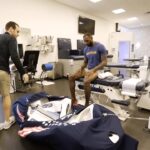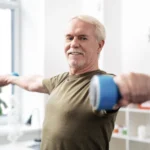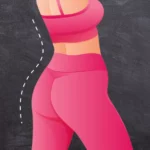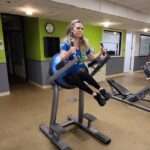After a rigorous arm workout, it’s not unusual to feel a certain level of soreness. This is typically due to DOMS, a type of muscle discomfort that emerges after physical activity, especially if your body isn’t accustomed to it. DOMS arises from microscopic tears in your muscle fibers, particularly following eccentric exercises like slow bicep curls.
These tiny tears, although harmless, trigger inflammation, leading to the stiffness and pain you feel. DOMS manifests as muscle stiffness, tenderness, and a reduced range of motion, usually peaking around 48 hours after your workout.
The intensity of these symptoms can vary based on factors like new exercises, increased workout volume, or a change in exercise tempo. While this soreness is normal and a sign of your muscles adapting and strengthening, it’s crucial to differentiate it from more severe issues. For instance, a strained bicep tendon, which might present as severe arm pain, necessitates medical attention.
Effective Treatments for Sore Arms

When your arms are sore post-workout, several immediate remedies can help alleviate the discomfort. These include:
- Light, dynamic stretching to maintain muscle flexibility.
- Applying heat or cold therapy to reduce inflammation and pain.
- Gentle massage therapy to improve blood flow and relax the muscles.
- Staying well-hydrated, as dehydration can exacerbate muscle soreness.
Long-Term Solutions
Apart from immediate relief, there are longer-term strategies to manage and prevent arm soreness:
- Regularly taking an anti-inflammatory can help reduce pain and swelling.
- Refueling with the right foods to aid muscle recovery and reduce soreness.
- Gradually increasing the intensity of your workouts to allow your muscles to adapt. Isolation exercises are also a great solution.
- Seeking medical advice if the soreness is severe or persistent, as it could indicate a more serious condition.
Advanced Techniques
- Foam Rolling: An effective technique for reducing muscle soreness and improving mobility. It involves using a foam roller to apply pressure to specific muscles, helping to break up knots and increase blood flow. This self-myofascial release technique can be particularly beneficial for arms that are sore from workouts, as it helps to loosen tight muscles and enhance the healing process.
- Contrast Therapy: It involves alternating between hot and cold treatments, and can be a powerful method to reduce muscle soreness and inflammation. This technique typically involves switching between warm baths or showers and ice packs. The alternation between heat and cold helps to improve circulation and reduce muscle stiffness.
- Targeted Stretching: Stretching is vital for alleviating soreness and improving the range of motion in your arms. Specific stretches targeting the biceps, triceps, and forearm muscles can be particularly effective. These stretches should be gentle and held for an extended period to ensure deep muscle relaxation.
- Yoga: Certain yoga poses are excellent for stretching and relieving tension in the arms. Poses like the ‘Downward-Facing Dog’ and ‘Cow Face Pose’ target the arm muscles effectively. Regularly practicing these poses can enhance flexibility, reduce soreness, and improve overall arm function.
Prevention is Always the Best Option
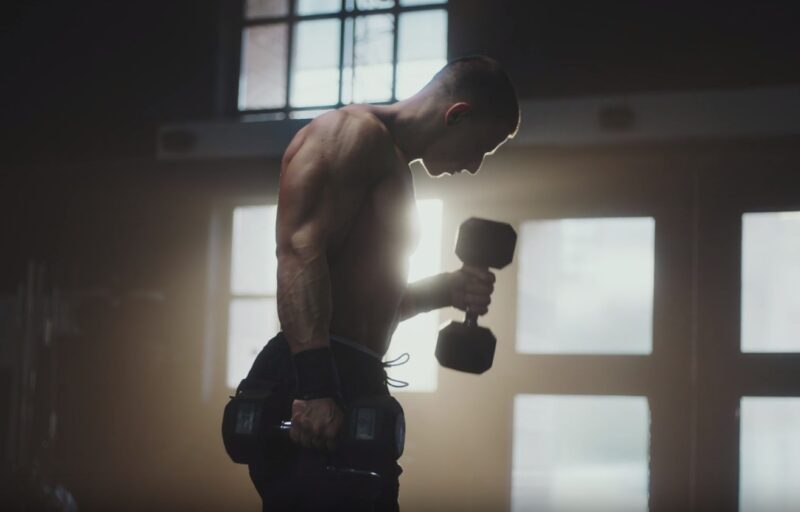
One key to preventing severe muscle soreness is to prepare your muscles for new or intense activities. This includes:
- Starting with a proper warm-up to increase blood flow to the muscles.
- Incorporating a variety of exercises in your routine to avoid overworking a specific muscle group.
- Gradually increasing the intensity and volume of your workouts to build muscle endurance and strength.
Balanced Workout and Recovery
It’s also vital to balance your workout volume with adequate recovery. This includes:
- Spacing out workouts throughout the week to prevent overtraining.
- Including rest days in your routine to allow your muscles to recover.
- Listening to your body and reducing workout intensity if you experience excessive soreness.
When to Look for Medical Attention?
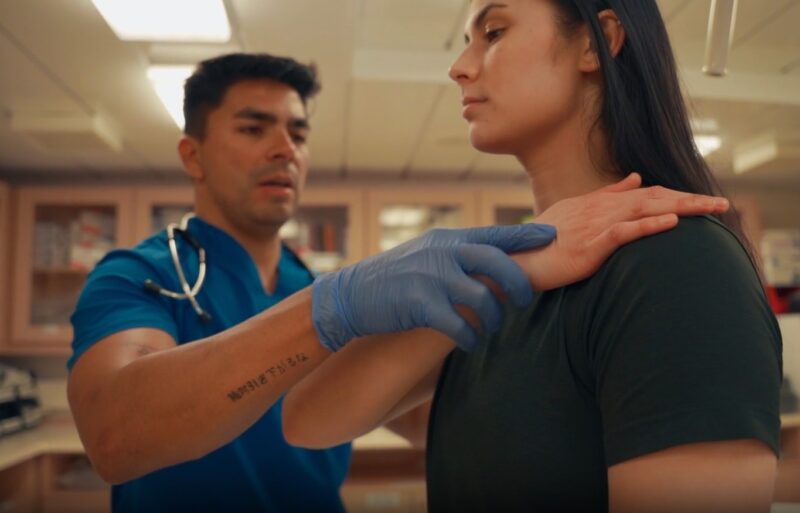
While muscle soreness after a workout is normal, certain symptoms warrant a visit to the doctor. These include:
- Joint swelling or sharp pain during or after workouts.
- Soreness that doesn’t improve or worsens over time.
- Pain that limits your daily activities or doesn’t respond to home treatments.
Always Consult a Professional for Persistent Issues
If you experience any of these severe symptoms, it’s essential to consult a healthcare professional. They can provide a proper diagnosis and recommend treatment options, ensuring that your fitness journey is both safe and effective.
Can You Train with Sore Arms?
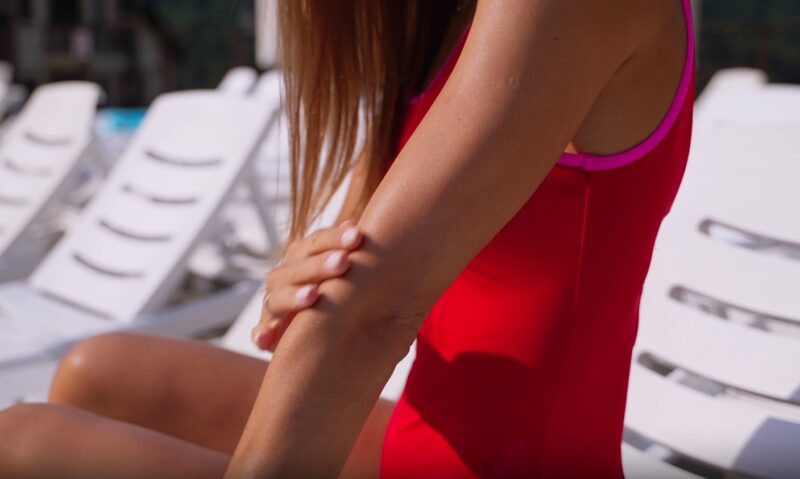
If your arms are sore, you don’t necessarily have to skip your workout. Instead, consider:
- Giving your arms a rest and focusing on lower-body exercises.
- Engaging in light upper-body movements that don’t strain your sore muscles.
Listen to Your Body
It’s crucial to listen to your body and adjust your workouts accordingly. Pushing through severe pain can lead to injury, so it’s important to strike a balance between maintaining your fitness routine and allowing your body to recover.
Why is Muscle Recovery so Important?
Muscle recovery is a crucial aspect of any workout regimen. Following an intense exercise session, your muscles undergo a recovery process where they repair and strengthen themselves.
This process is vital for muscle growth and overall fitness improvement. The soreness experienced is often a byproduct of this recovery phase, especially after performing exercises that the body is not used to.
Best Strategies
To speed up muscle recovery, certain strategies can be highly effective. These include:
- Adequate sleep, which is essential for muscle repair and overall body recovery.
- Balanced nutrition, focusing on protein intake to aid in muscle repair.
- Active recovery, such as light exercises and stretching, to increase blood flow to the muscles, promoting faster healing.
Proper Hydration and Nutrition Can Make a Difference

Hydration plays a crucial role in muscle function and recovery. Dehydration can lead to increased muscle soreness and slower recovery times. Drinking plenty of water before, during, and after workouts helps in maintaining optimal muscle function and aids in recovery.
Proper Nutrition for Muscle Health
Protein and amino acids are fundamental to muscle repair and recovery. Consuming protein-rich foods or supplements after a workout can significantly aid in reducing muscle soreness.
Branched-chain amino acids (BCAAs), in particular, are known for their role in muscle protein synthesis and recovery. Certain supplements, like omega-3 fatty acids, curcumin (found in turmeric), and magnesium, have natural anti-inflammatory properties. Including these supplements in your diet can help in reducing muscle inflammation and soreness post-workout.
Alternative Therapies
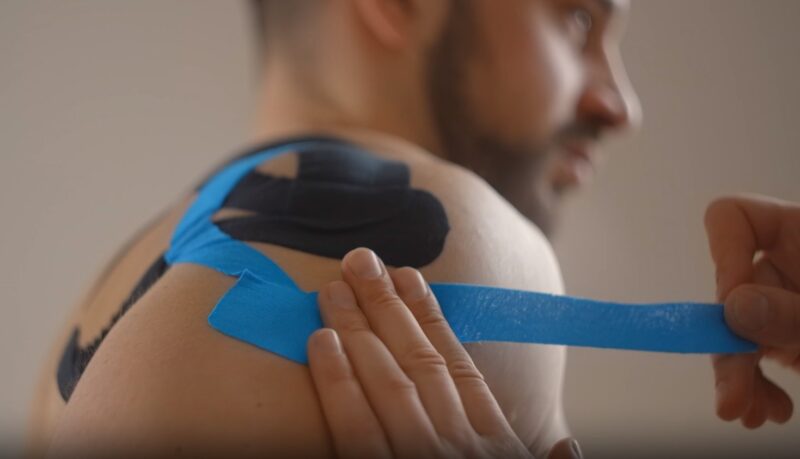
Massage and physiotherapy are excellent ways to alleviate muscle soreness and improve recovery. Massage therapy helps in relaxing the muscles, improving blood flow, and reducing pain.
Physiotherapy, on the other hand, involves specific exercises and techniques that can aid in muscle recovery and prevent future injuries.
FAQs
What to do if your arms are stiff from working out?
If your arms are stiff after working out, engage in light stretching and consider applying heat or cold therapy to the affected area. These practices can help reduce muscle stiffness and improve flexibility.
Why can’t I fully extend my arm after working out?
Inability to fully extend your arm post-workout is often due to muscle soreness or stiffness, commonly known as DOMS (Delayed Onset Muscle Soreness), resulting from microscopic tears in the muscle fibers. This is a normal response to strenuous exercise, especially if the muscles are not accustomed to the activity.
How long can DOMS last?
DOMS typically peaks around 48 hours after a workout and can last anywhere from a few days up to a week, gradually improving over time. The duration can vary based on the intensity of the workout and the individual’s physical condition.
How can I speed up my muscle recovery?
To speed up muscle recovery, ensure adequate hydration, consume a balanced diet rich in protein, get plenty of sleep, and engage in light, active recovery exercises. Additionally, consider techniques like massage or foam rolling to alleviate muscle tightness.
What causes poor muscle recovery?
Poor muscle recovery can be caused by factors such as inadequate nutrition, insufficient hydration, lack of sleep, excessive workout intensity without proper rest, and underlying health conditions. Stress and overtraining can also impede the body’s ability to recover efficiently.
Last Words
Managing sore arms and muscle recovery after a workout involves a holistic approach that includes understanding the causes of soreness, employing effective treatment and prevention strategies, and ensuring proper hydration, nutrition, and alternative therapies.
By incorporating these elements into your fitness routine, you can optimize muscle recovery, enhance your overall fitness, and continue to engage in your workouts with confidence and safety.


